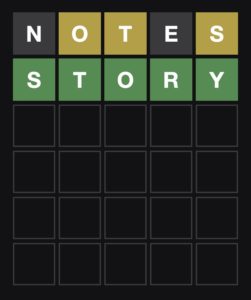 Sentience is all the rage these days. With large language models (LLMs) based on deep learning neural networks, question-answering behavior of these systems takes on curious approximations to talking with a smart person. Recently a member of Google’s AI team was fired after declaring one of their systems sentient. His offense? Violating public disclosure rules. I and many others who have a firm understanding of how these systems work—by predicting next words from previous productions crossed with the question token stream—are quick to dismiss the claims of sentience. But what does sentience really amount to and how can we determine if a machine becomes sentient?
Sentience is all the rage these days. With large language models (LLMs) based on deep learning neural networks, question-answering behavior of these systems takes on curious approximations to talking with a smart person. Recently a member of Google’s AI team was fired after declaring one of their systems sentient. His offense? Violating public disclosure rules. I and many others who have a firm understanding of how these systems work—by predicting next words from previous productions crossed with the question token stream—are quick to dismiss the claims of sentience. But what does sentience really amount to and how can we determine if a machine becomes sentient?
Note that there are those who differentiate sentience (able to have feelings), from sapience (able to have thoughts), and consciousness (some private, subjective phenomenal sense of self). I am willing to blend them together a bit since the topic here isn’t narrowly trying to address the ethics of animal treatment, for example, where the distinction can be useful.
First we have the “imitation game” Turing test-style approach to the question of how we might ever determine if a machine becomes sentient. If a remote machine can fool a human into believing it is a person, it must be as intelligent as a person and therefore sentient like we presume of people. But this is a limited goal line. If the interaction is only over a limited domain like solving your cable internet installation problems, we don’t think of that as a sentient machine. Even against a larger domain of open-ended question and answering, if the human doesn’t hit upon a revealing kind of error that a machine might make that a human would not, we remain unconvinced that the target is sentient.… Read the rest

